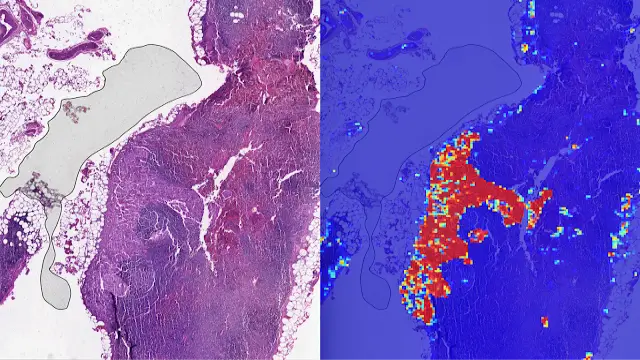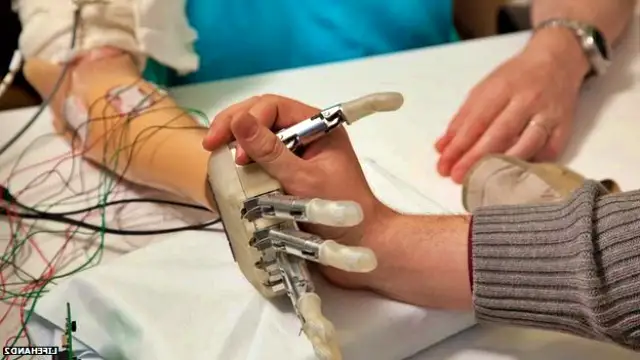In a groundbreaking study, researchers at Harvard University have made significant strides in understanding the origins of human genitals. This research not only sheds light on the evolutionary processes that shaped our reproductive anatomy but also opens up new avenues for exploring sexual development and related health issues.
Key Points
In this article, we will delve into the findings of this fascinating study, the implications for our understanding of human biology, and the broader context of sexual evolution.
The Study’s Findings
The research team at Harvard, led by developmental biologist Dr. David Page, focused on the genetic and evolutionary mechanisms that contribute to the formation of male and female genitalia. By examining various species, including mice and other mammals, the researchers identified key genetic pathways that dictate the development of reproductive organs.
One of the most intriguing aspects of the study was the discovery of specific genes that play a crucial role in determining whether an embryo develops male or female genitalia. The researchers found that these genes are not only responsible for the physical characteristics of the genitals but also influence other aspects of sexual development, such as hormone production and reproductive health.
The study also highlighted the evolutionary significance of genital development. The researchers noted that the differences in genitalia between species can provide insights into how reproductive strategies have evolved over time. For instance, the diversity in genital structures among mammals reflects adaptations to various mating systems and environmental pressures.
Implications for Human Health
Understanding the origins of genitals has far-reaching implications for human health, particularly in the fields of reproductive medicine and endocrinology. The insights gained from this research could lead to better diagnostic tools and treatment options for individuals facing reproductive health issues.
For example, conditions such as congenital adrenal hyperplasia (CAH) and androgen insensitivity syndrome (AIS) are linked to abnormalities in genital development. By unraveling the genetic underpinnings of these conditions, researchers may be able to develop targeted therapies that address the root causes of these disorders.
Moreover, the study’s findings could enhance our understanding of sexual differentiation and its impact on overall health. Hormonal imbalances during critical periods of development can lead to a range of health issues, including infertility and certain cancers. By identifying the genetic factors involved in genital development, researchers can work towards more effective interventions and preventive measures.
The Broader Context of Sexual Evolution
The research conducted at Harvard is part of a larger effort to understand the evolutionary history of sexual reproduction. Sexual reproduction is a fundamental aspect of life on Earth, and the diversity of reproductive strategies observed in nature is a testament to its complexity.
From a biological perspective, the evolution of genitals is closely tied to the survival and reproduction of species. Different mating systems, such as monogamy, polygamy, and promiscuity, have shaped the development of genital structures in various ways. For instance, species that engage in intense competition for mates may exhibit more pronounced sexual dimorphism, where males and females have distinctly different genitalia.
Additionally, the study of genital evolution can provide insights into broader questions about biodiversity and adaptation. Understanding how reproductive traits evolve in response to environmental changes can inform conservation efforts and help predict how species may adapt to future challenges, such as climate change.
Conclusion
The groundbreaking research conducted by Harvard scientists has unveiled new insights into the origins of human genitals, shedding light on the complex interplay of genetics, evolution, and reproductive health. As we continue to explore the intricacies of sexual development, the implications of this research extend beyond the laboratory, offering potential benefits for human health and a deeper understanding of the evolutionary processes that shape life on our planet.
As we move forward, it is essential to continue supporting research in this field, as it holds the key to unlocking many of the mysteries surrounding human biology and reproduction. The findings from Harvard not only enhance our understanding of genital development but also pave the way for future studies that could revolutionize our approach to reproductive health and medicine.




















